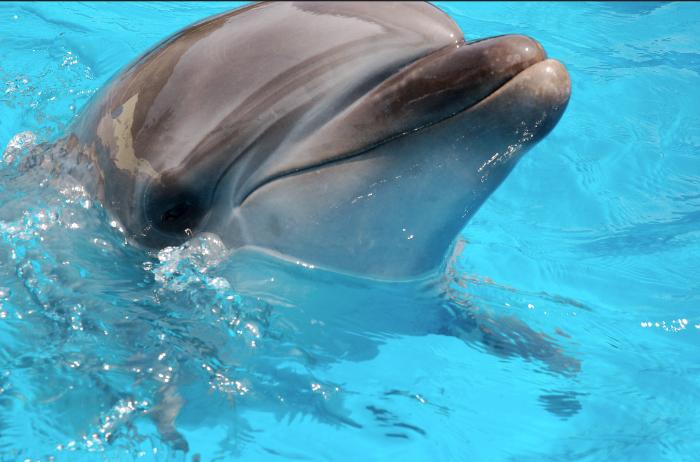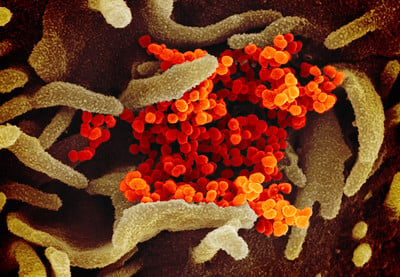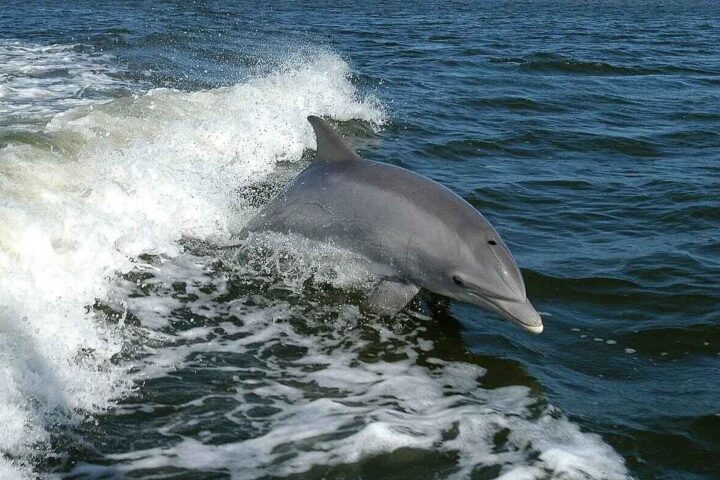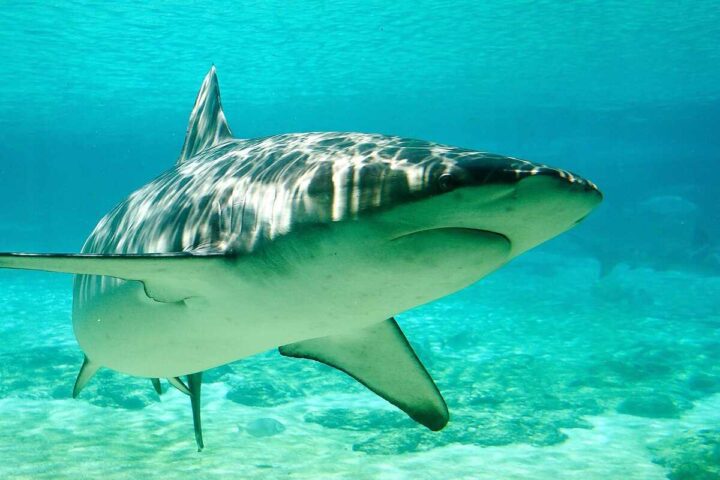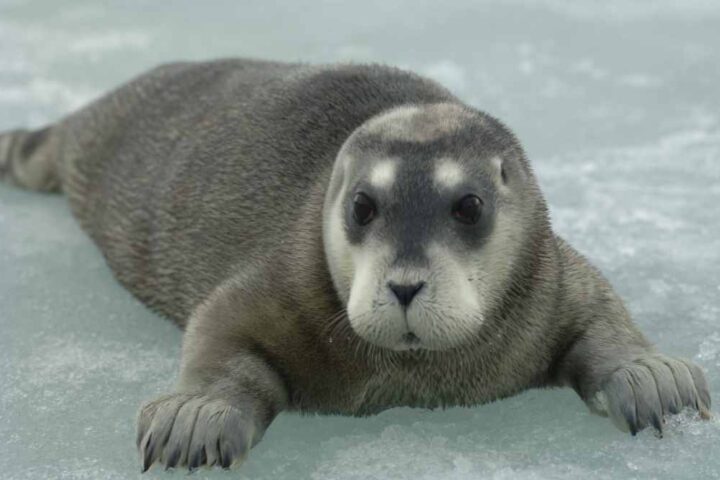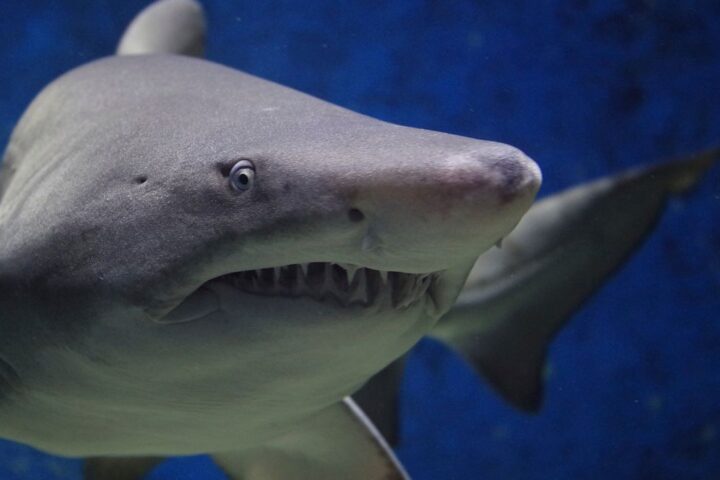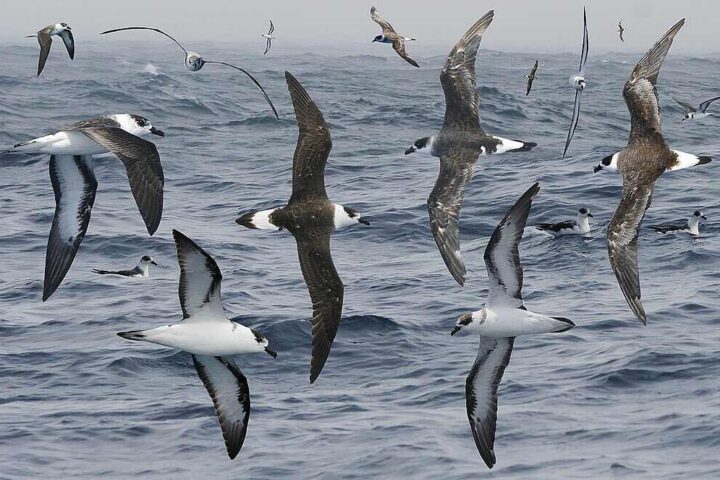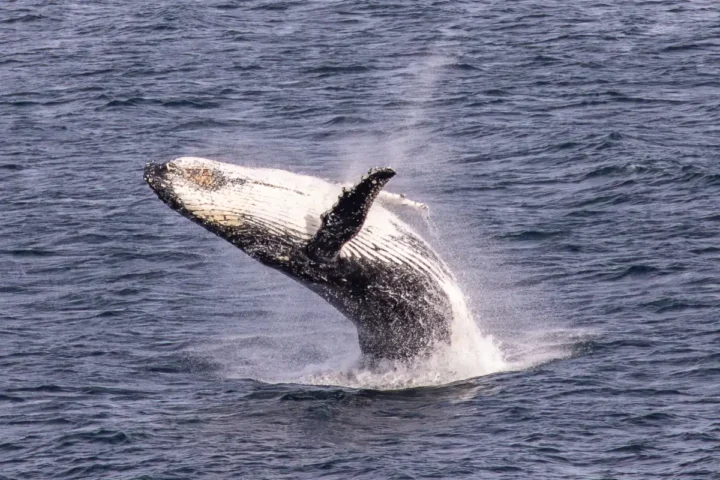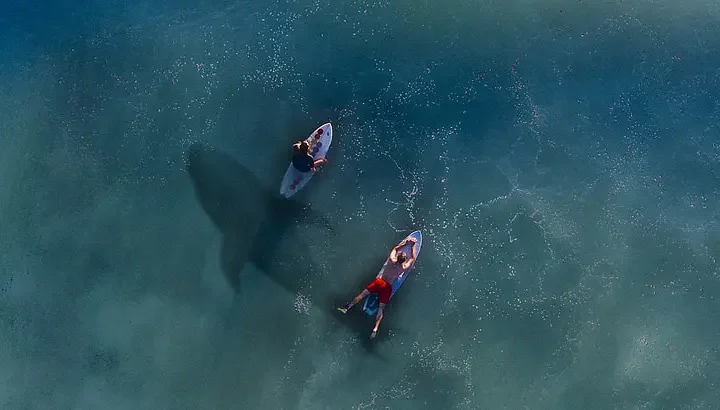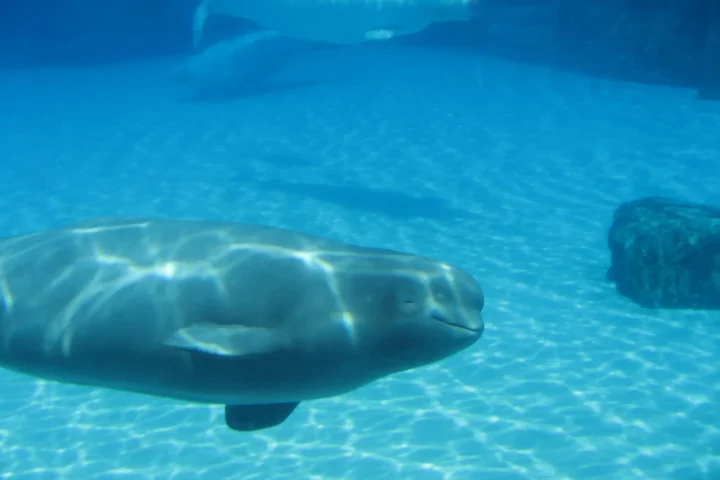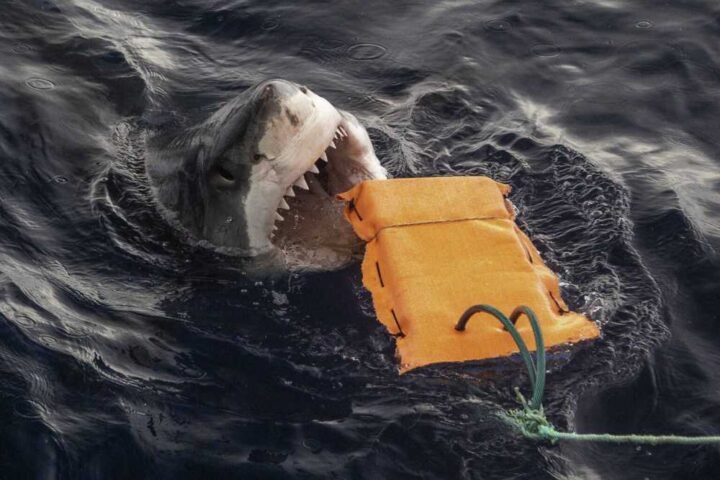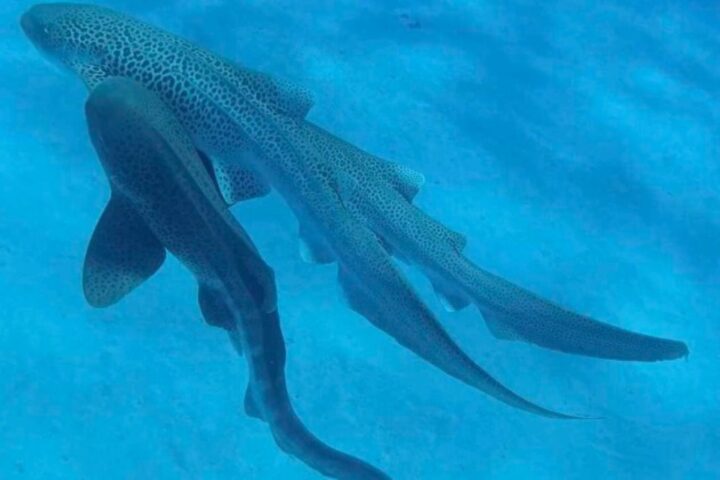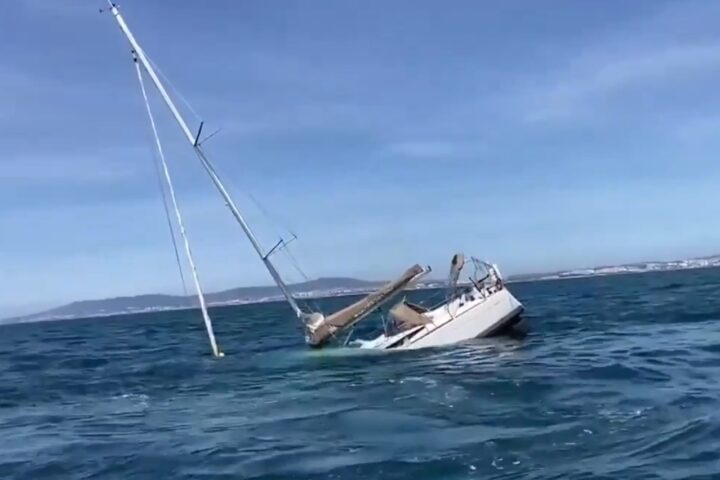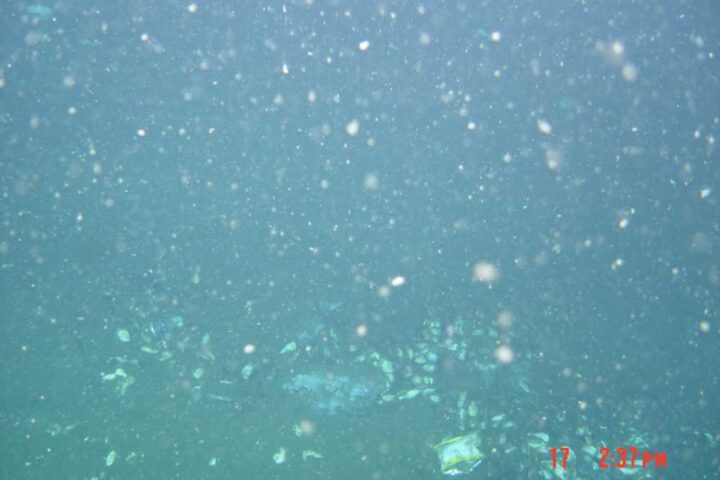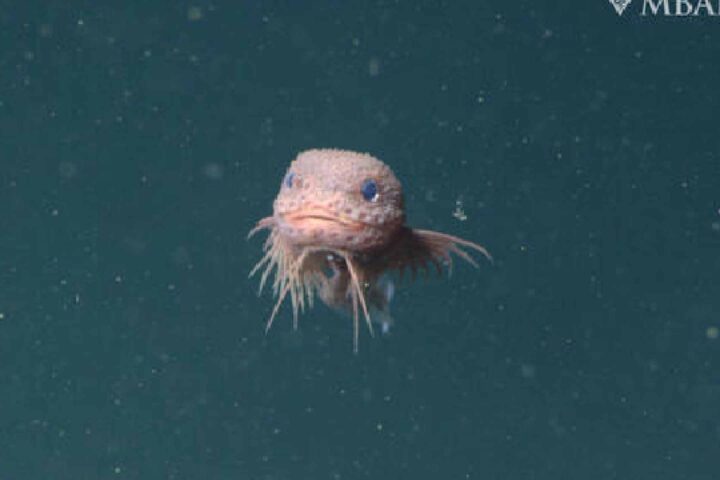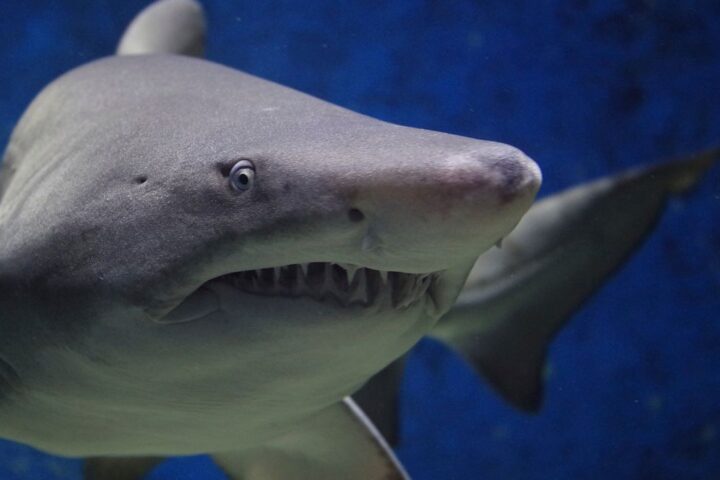The annual dolphin hunt in Taiji, Japan ended February 28, 2025, with numbers showing a shift in business strategy: fewer dolphins killed for meat but more captured alive for sale to marine entertainment venues worldwide.
According to data compiled by monitoring groups, the 2024/25 season saw about 286 dolphins killed and 94 captured alive – the lowest slaughter count since formal monitoring began, but with a notable increase in live captures compared to recent years.
“The numbers tell a clear business story,” said observers from the Dolphin Project who monitored the hunts. “Hunters are prioritizing valuable live captures over meat production.”
The Numbers Behind the Business
The hunt’s financial model has grown increasingly dependent on selling live dolphins to marine entertainment facilities. While a slaughtered dolphin yields meat worth under $1,000, a live bottlenose dolphin can fetch between $30,000 and $128,000 depending on age, sex, and appearance.
This season’s catches fell far below the official quota. The Japanese Fisheries Agency had permitted the take of 1,824 dolphins in Taiji (part of a nationwide quota of 10,920 small cetaceans), but only about 382 were actually taken.
The species breakdown reveals the business focus:
- Bottlenose dolphins: 94 captured alive, 28 killed
- Striped dolphins: Approximately 157 killed
- Risso’s dolphins: About 50 killed
- Melon-headed whales: 31 killed
- Pilot whales: 23 killed
Supply Chain: From Ocean to Theme Park
The primary buyers of live Taiji dolphins include marine parks in China, Thailand, and Middle Eastern countries like Bahrain. Documentation obtained by watchdog groups shows the trade routes and destinations of these animals, with prices that make the business lucrative for a small group of hunters.
The drop in kills paired with the rise in bottlenose captures suggests hunters are adapting to market demands. “They’re following the money,” noted one observer. “The entertainment industry pays premium prices for bottlenose dolphins, so that’s what they’re targeting.”
Similar Posts
Health and Sustainability Questions
Studies raise concerns about the health impacts of Taiji dolphin meat. The National Institute for Minamata Disease found mercury levels up to 160 times safety limits in tested samples. Since 2003, the Japanese health ministry has warned pregnant women and children against regular consumption.
Scientists from the International Whaling Commission’s Scientific Committee have documented “concerning signs of depletion” in dolphin populations targeted by the Taiji drives. A 2023 paper by researchers Kasuya and Brownell highlighted population stress that could affect long-term sustainability.
The hunts also cause untracked mortality. When mothers are captured or killed, dependent calves often don’t survive. At least five calves were left motherless during the 2024/25 season, according to observers.

Global Oversight and Market Pressure
The Convention on Migratory Species (CMS) issued a statement in March 2025 urging stronger protection for these dolphins. In 2015, the World Association of Zoos and Aquariums banned its members from acquiring Taiji dolphins, though non-member facilities continue the practice.
Yellow tags observed on many dolphins this season raised questions about potential future hunting. Some claim these are for scientific tracking, but critics suspect they might help identify pods for future captures.
Local Perspectives
The Taiji Fishermen’s Cooperative defends the practice as cultural heritage and essential livelihood. They’ve announced plans for public consultation on what they term “humane methods” for future hunts.
Ric O’Barry of the Dolphin Project expressed concern that declining global attention risks normalizing the practice. “Public awareness remains crucial for maintaining pressure on both the hunts and the captivity industry that funds them,” he said.
Business Outlook
The 2025/26 season is scheduled to begin September 1, 2025, with quotas expected to remain unchanged. However, the business model continues shifting toward live captures as selling tickets to see dolphins perform proves far more profitable than selling their meat.
The economic incentives driving the hunt remain strong as long as marine parks continue purchasing these animals. Industry observers note that as some markets close due to regulation or changing public sentiment, hunters seek new buyers in regions with fewer restrictions.
